The DIY Clothes Washer
Even those who love the outdoors will have to admit: it’s not exactly clean.
This means that you and your clothing will get dirty sooner or later. If you’re ever forced to bug out of your home and into the wild, you will not have access to washing machines and are not likely to have access to laundry detergent. As a result, you’re going to have to wash your clothes the way your ancestors did: by hand.
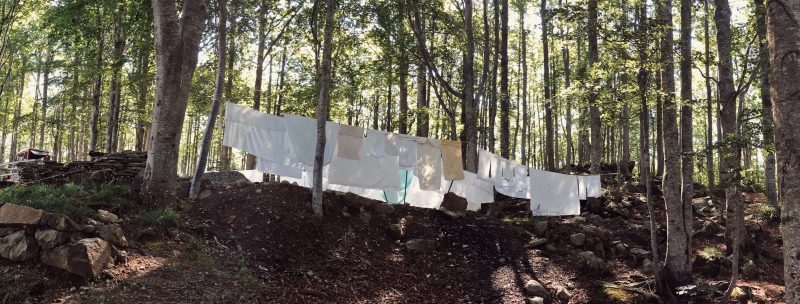
The good news is that you can make use of random items around your house to make your washing efforts significantly easier for you – or at least much easier than manually scrubbing your clothes against a washing board.
A good solution is to make your own bucket clothes washer.
HOW DOES A BUCKET WASHER WORK?
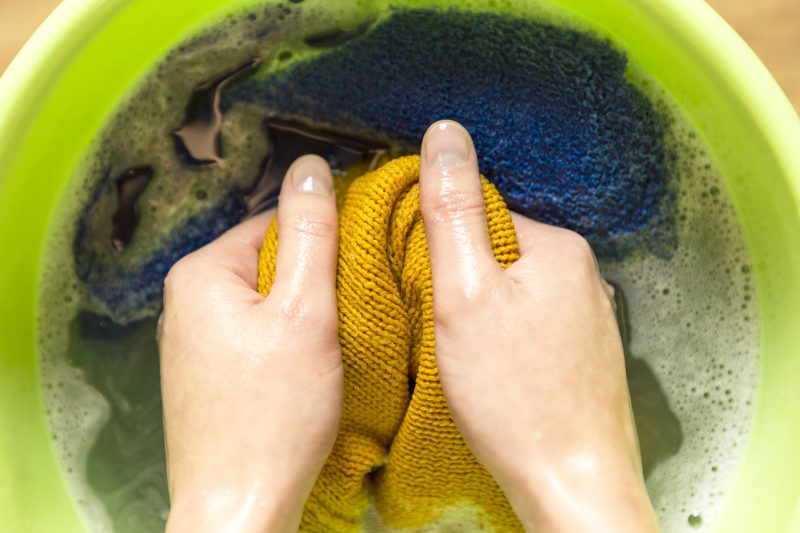
In theory, the bucket washer works almost the same way as your washing machine at home – only it requires significantly less water and is much smaller and quieter. If you think about it, a washing machine does nothing more than swirl your clothes around to get rid of grime and debris.
This is what the bucket washer does as well. Traditional soap can be used as the main agitator, and the clothes in your bucket will be swirled around to get clean.
Before starting, gather the following items:
- Bucket (2 gallon size minimum)
- 2nd Bucket (must fit inside the first)
- Drill
- Lid For Your Bucket
- Plunger
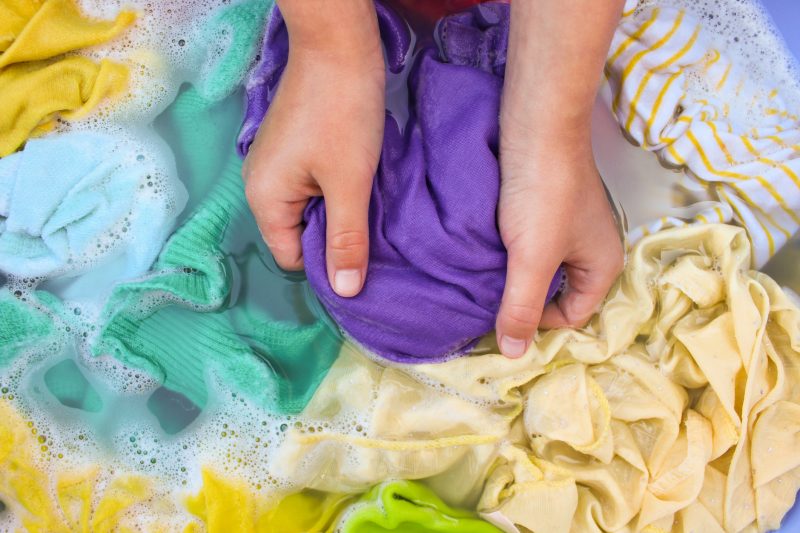
BUILDING YOUR WASHER
Start by taking the smaller of the two buckets and drilling holes into the sides and bottom of it. These holes will need to be well spaced from one another, and they also need to be rather small otherwise too much water will drain out.
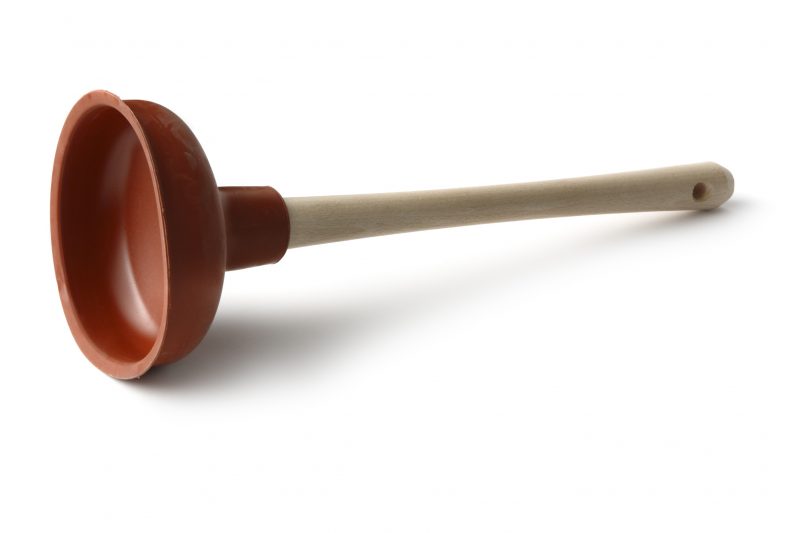
Next, drill holes into the plunger. As with the small bucket, the holes must be small and well spaced. This is even more critical with the plunger because larger holes will increase the chances of it breaking apart and becoming ruined.
Now, drill a hole into the lid of the large bucket, and make sure that the plunger can fit through it. There needs to be enough space for the plunger to move about while also ensuring that not much water will spill out.
Then, place the smaller bucket inside of the large bucket (which should not be drilled). Secure the lid over the large bucket and place the plunger into the hole. Your bucket clothes washer is now ready to go!
HOW TO USE YOUR DIY WASHER
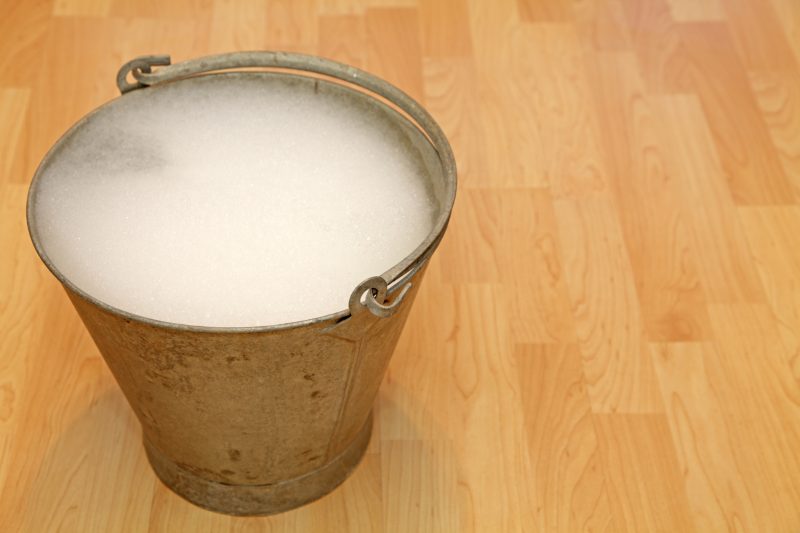
When you are using the washer, be aware that it is perfectly possible for water and soap to leak out of the bucket, and use it in an area where this won’t be a problem.
Place your dirty clothes into the washer and pour in clean water. Add soap to the water, leaving about two inches of free space at the top of the bucket (bubbles from the soap will form here).
Set the lid over the top of the bucket and the plunger through the lid’s hole. Swirl the plunger around for at least fifteen minutes to get the clothes moving around like they would in a washing machine.
Take off the lid and pour out all of the dirty water, keeping the clothes within the bucket. Now, pour in more clean warm water, but do not add any soap.
The soap in the last wash will have removed the dirt and grime from the clothes, so now you just need to rinse them and get rid of the soap.
Swirl the clothes around as you did last before, this time for five minutes. The soap should now be removed. You can then pour the water out of the bucket, pull out your clothes, ring them out, and hang them up to dry.

Take good care of your clothes washer, and clean it down after each use so it doesn’t get dirty from the dirty clothes. Dry out your plunger and bucket before storing them away to avoid mold growth.





